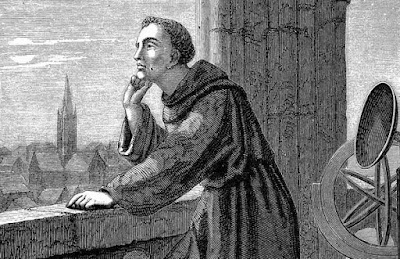Oxford became a center for another conflict, however, at the same time that the colleges of Balliol and Merton were beginning. This conflict was a little more widespread and is called the Second Barons War.
The First Barons War was a rebellion against King John and led to the Magna Carta in 1215. John's son Henry III had his own troubles with the barons who were always looking for ways to increase their own power and reduce the king's authority. Simon de Montfort, the 6th Earl of Leicester, in April 1263 called fellow barons to meet him at Oxford where they discussed rebellion against Henry's policies.
Oxford was a significant meeting place, because a few years earlier it was the site of the Provisions of Oxford, a series of reforms forced on Henry in 1258 in exchange for the barons agreeing to shore up the royal treasury (Henry had depleted it fighting in Sicily on behalf of the pope). The barons and their armies marched on London and trapped Henry in the Tower, taking him prisoner. Montfort took over the government, but his authority did not last long and Henry escaped.
Henry reached out to Louis IX of France to arbitrate. Simon de Montfort agreed to this. Louis declared the Provisions of Oxford annulled in January 1264. Henry prepared for the inevitable breakdown of negotiations and took his forces to Oxford (more centrally located than London) and made it his military headquarters. On 12 March in 1264 he suspended all teaching until Michaelmas (29 September).
Montfort, wishing to make sure he had funds to fight a war, did what many medieval nobles did: he made sure people would have money and be grateful to give it to him by eliminating their cash debts. He did this by attacks against Jews, the moneylenders, and therefore ensuring that debts would not have to be repaid. Let us go into some of the specific atrocities tomorrow.
















